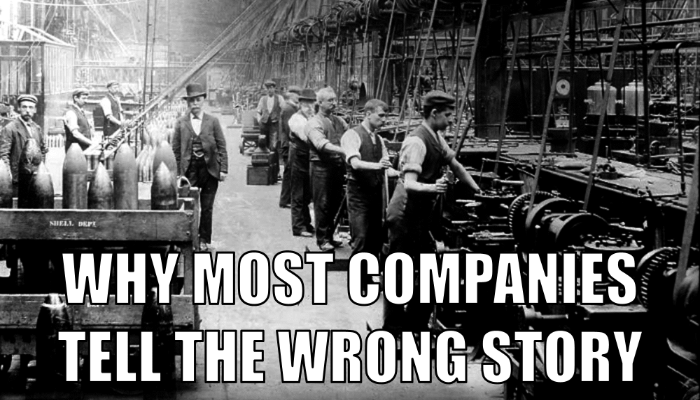
I once worked for a company that marketed its product as productivity tool. The problem? Our customers considered it a quality tool. The mismatch in expectations occurred because we didn’t think through the complicated interaction between people with different motivations.
The StoryHow™ Method is based on the mantra: a story is the result of people pursuing what they want. The statement forces business storytellers to ask questions about the roles, events, and influences that drive all stories.
The roles in this example are: business managers, users, the product (let’s call it ABC), and some supporting cast.
Business managers love to hear the productivity story because it supports their need to justify a purchase. “If we buy this software, our employees will get more done in less time, thus increasing production without increasing labor costs.” Yet, the productivity story is hampered by a simple fact: managers rarely use the products that they purchase and so they may not understand the role that ABC plays in the midst of other characters and their motivations.
The old proverb, “Those at the end of a process make up for the sins of their predecessors” is appropriate in this instance because ABC was installed on a production line. Someone at the front of the line began building a widget, passed it onto the ABC user who worked it some more, who then continued passing it down the chain.
The productivity story is built on an expectation that ABC users will a) complete their tasks faster and b) pass that extra time onto the next person in the chain. However, that assumption breaks down if, like in this instance, the line workers were measured on quality rather than productivity. So, rather than passing the extra time down the line, ABC users had more time to iterate on the widget and ultimately passed a higher quality work product to the next person in the line. The completed product required less rework, had less returns, less warranty issues, and ultimately, increased customer satisfaction scores. As a side benefit, ABC also helped increase employee satisfaction for those poor souls at the end of the line.
Most companies tell the wrong story because they fail to study the complicated role that their products and services play within an ecosystem of people with different motivations. That’s why it’s important to remember the StoryHow™ Mantra: a story is the result of people pursuing what they want.
So, are you telling the right story?
Photo Credit: Bain News Service, Publisher. [Assembly line Vicker Sons & Maxim Gun Factory]. , . [No Date Recorded on Caption Card] Photograph. Retrieved from the Library of Congress, https://www.loc.gov/item/ggb2004000265/